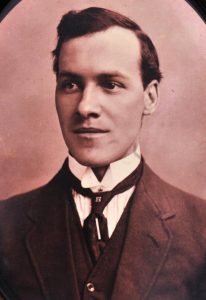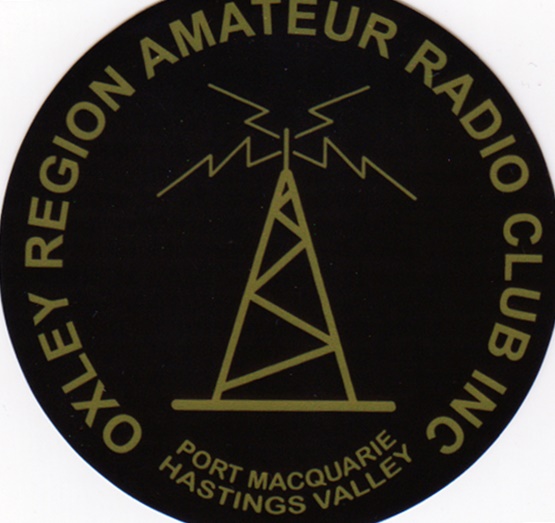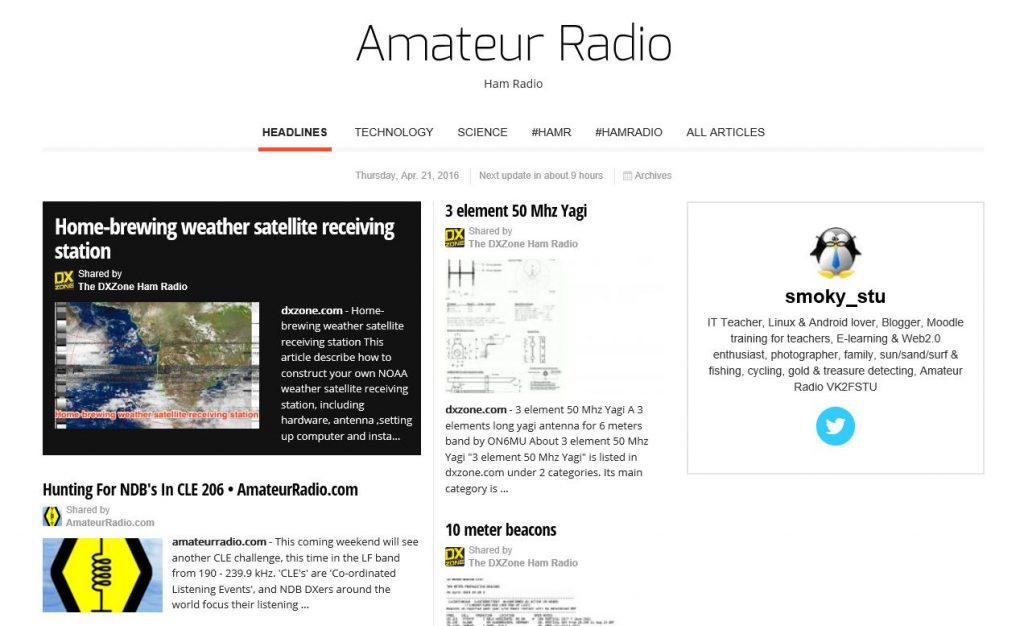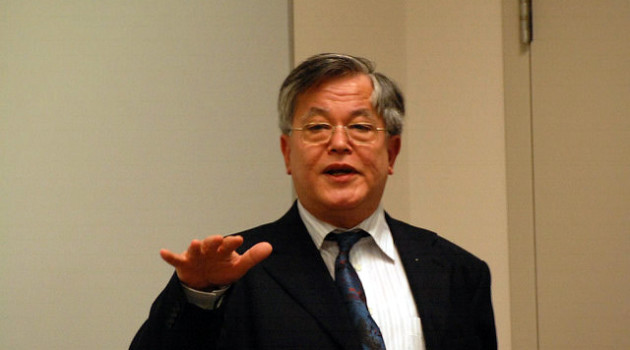This April 14th marked the 104th Anniversary of the sinking of RMS Titanic.
From the South Wales Argus, original post here. By Martin Wade.
How Blackwood man, Arthur ‘Artie’ Moore, heard the Titanic’s radio call for help

In the days when radio was in its infancy, he was a self-taught Blackwood wireless enthusiast who was disbelieved when he picked up the distress signal from the Titanic. Martin Wade tells the story of Artie Moore.
ARTIE Moore was born in 1887, Victoria was still on the throne and he lived in a 17th century water mill. But his fascination for the very modern technology of wireless communication meant that on the night of April 15 1912 when a disaster happened which would be known across the world, it would change his life forever.

As a child, Artie had an accident at the mill badly injuring his leg, which had to be amputated. Perhaps spurred by this setback he developed a fascination for engineering, which saw him make a device so he could still pedal his bicycle while wearing a wooden leg.
The water mill at Gelli Groes was the perfect workshop for the youngster. He used a lathe driven by the water-wheel to build a working model steam engine. Having entered a competition in The Model Engineer magazine, his prize was a book called ‘Modern Views of Magnetism and Electricity’. It was to be the spark which would ignite his interest in radio.
He became known throughout the area as something of a character, with his gadgets like the specially adapted bicycle. Artie’s reputation as teenage boffin was cemented as he began putting up wire aerials for the radio he was building. He strung a long, thin copper cable from the mill, over the nearby River Sirhowy and slung between trees up the hillside to an old barn.
Artie used his engineering skills to store electricity in his batteries using a generator hooked up to the water wheel. He would also charge batteries for local businesses and farmers, who must have come and gazed in wonder at the sparks generated by his radio transmitter.
The thin strand of copper strung across the Sirhowy, near Ty Llwyd farm, would be the magical thread connecting the talented man to the world in a way that was unthinkable to most people then.
He soon became known beyond the Gwent valley when the Daily Sketch featured him on their front page after he intercepted the Italian government’s declaration of war on Libya in 1911.
A bigger story was looming in which Artie would play a part.
Continue reading →
 I can confirm that both the white & red and the (very) dark blue (almost black) & gold stickers look fabulous in the flesh and are well made and well printed. Definitely a quality product. Nice work Stuart! – Paul, VK2ICQ
I can confirm that both the white & red and the (very) dark blue (almost black) & gold stickers look fabulous in the flesh and are well made and well printed. Definitely a quality product. Nice work Stuart! – Paul, VK2ICQ

 By
By 
